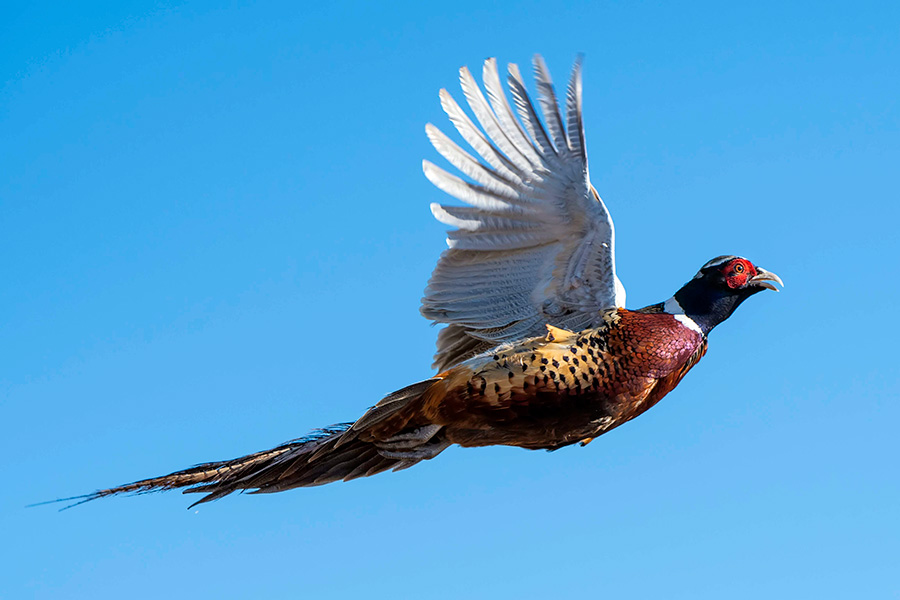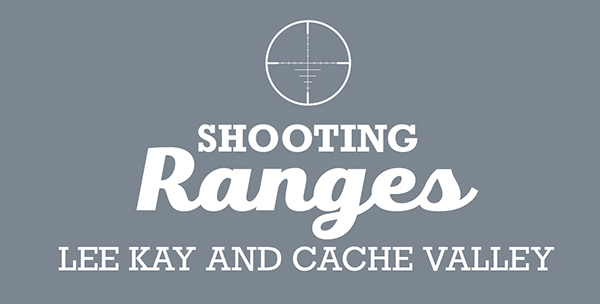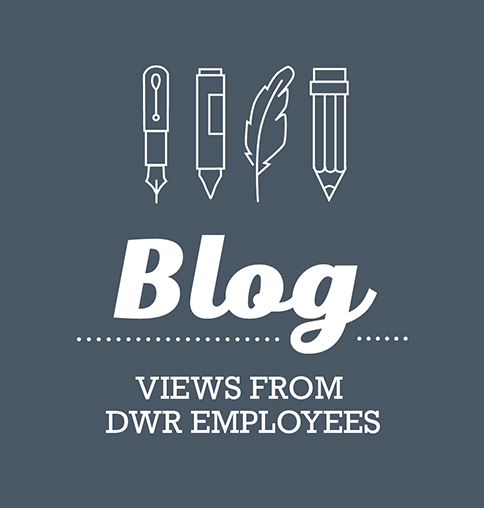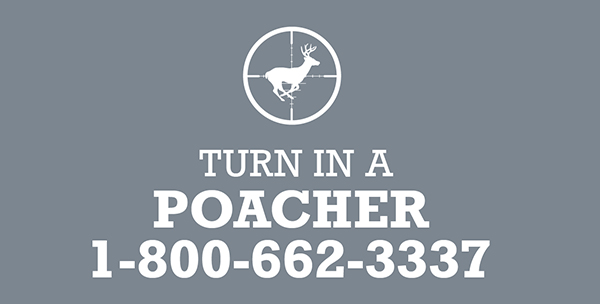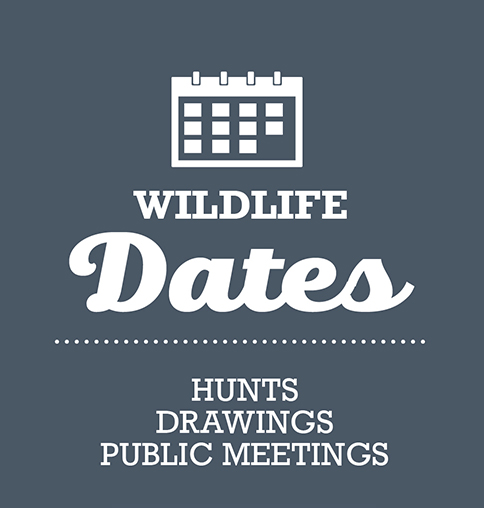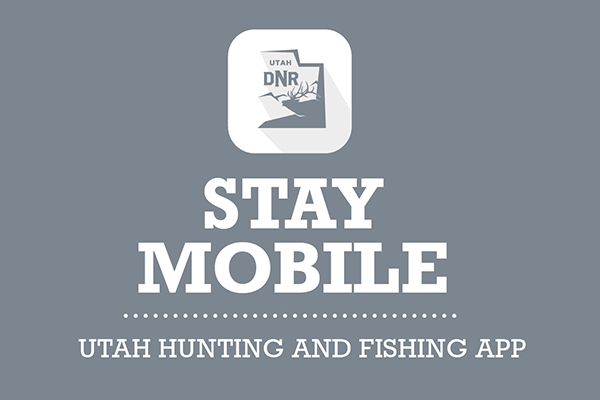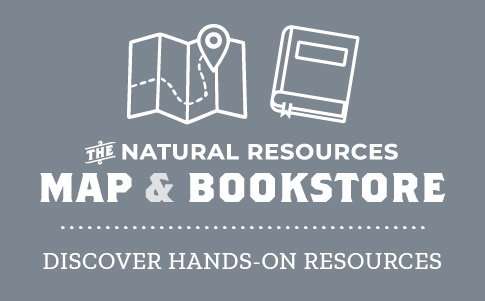What hunters should know about the 2023 pheasant and quail hunts
Salt Lake City — Many upland game and waterfowl hunts are already underway across Utah. The general-season pheasant and quail hunts open Saturday, Nov. 4. If you are planning to target either of these birds this fall, here is what you should know.
Pheasant (ring-necked)
Utah's general pheasant hunting season runs from Nov. 4 to Dec. 3. The Utah Division of Wildlife Resources releases pheasants on various wildlife management areas and Walk-in Access properties around the state each week during the general-season hunt to provide additional opportunities for hunters. Visit the DWR website to see the release locations across Utah for the 2023 hunts, and note that each location is listed as either a youth hunt release site, a general season release site or that birds will be released at the site during both hunts. Click on a release site on the map to verify when the site will receive birds.
The number of pheasants and where they can be found will depend on where you are hunting in Utah.
- Northern Utah: Some areas of northern Utah — including Box Elder and Cache counties — saw a lower winter survival rate for pheasants, due to the record snowfall last winter. The majority of wild pheasants in northern Utah can be found on private property in the eastern portion of Box Elder County, the Bud Phelps Wildlife Management Area, the Bear River Bottoms Wildlife Management Area, on private property in the western portion of Weber County and in Walk-in Access areas. Hunters should remember that written permission from landowners is required to hunt on any private lands.
- Northeastern Utah: Hunters should try to target the areas where the DWR will release pheasants on the wildlife management areas in the region. Pheasants can also be found on some agricultural areas on private lands. Remember to obtain written permission before hunting on private property.
- Central Utah: In central Utah, the Utah Lake Wetland Preserve, located on the south end of Utah Lake — and the many wildlife management areas where pheasants will be released each week — are the best hunting locations for public access and success. The Powell Slough WMA is another popular hunting area, located on the east side of Utah Lake near Vineyard. Some pheasant populations can also be found along the south shore of the Great Salt Lake and on private agriculture fields around Erda, as well as on the Walt Fitzgerald, Timpie Springs and Pine Canyon (also known as the Carr Fork) wildlife management areas. Hunters should note that non-toxic shot is required on WMAs and Waterfowl Management Areas such as Powell Slough, the Timpie Springs WMA in Tooele County and on the Utah Lake Wetland Preserve. Check the guidebook for regulations.
- Southeastern Utah: The wild pheasant population is relatively limited in the southeastern part of the state, and hunting should be comparable to last year. Most of the pheasants in this part of the state will be found near irrigated fields on private lands. Popular pheasant hunting areas include the Green River Valley near the town of Green River, the Miller Creek area of Carbon and Emery counties, and in Huntington, Straight and Ferron canyons. Hunters will find the best opportunities on the WMAs where pheasants are released by the DWR.
- Southern Utah: This part of the state doesn't have many wild populations of pheasants. There is a small wild population on the Bicknell Bottoms Wildlife Management Area and in Sevier Valley. New this year, a bridge was installed on the Bicknell Bottoms WMA to help improve access in crossing the channel to reach the north end of the WMA. If you are pheasant hunting in southern Utah, you may have more success targeting the areas where the DWR will be releasing pen-raised pheasants.
Tips for hunting pheasants
In general, pheasants inhabit areas with nearby fields of wheat, corn or other plants that provide feed for them. Pheasants also prefer habitat with stemmed grass that provides nesting cover, as well as areas with dense woods or wetlands with thick cattails that provide shelter during the snowy winter months. These birds easily camouflage in brush, so hunting with a well-trained dog will increase your chances of success.
"If you don't have a dog, you can still be successful by walking slowly to flush out the pheasants," DWR Upland Game Coordinator Heather Talley said. "Many times, they will flush if you stand near them for a few minutes because they think they've been spotted."
Walking along ditch banks or fence lines is also a good hunting strategy. Pheasants typically prefer to run rather than fly away, so if you walk along these areas, you are more likely to drive them out into the open, where they will flush.
"Hunters should also target the DWR wildlife management areas located throughout the state because we will be releasing a total of 12,107 pen-reared rooster pheasants in these areas this fall," Talley said. "Birds will be released each week throughout November to help increase hunter success and give everyone a good opportunity to harvest birds this season. If you do choose to hunt on one of our WMAs, be willing to hike a long way away from parking areas and other hunters to increase your chances of finding the wild birds."
Hunters should note that in addition to WMAs, many of the pheasant-release locations include Walk-in Access areas — which are private lands where the DWR has leased certain hunting, trapping or fishing privileges. To locate a Walk-in Access area near you and obtain a free authorization number to use these properties, visit the DWR website.
Hunters should also remember that several of the WMAs require non-toxic shot (for example, steel shot) when hunting. Lead shot may not be used.
The DWR will also be offering a pheasant hunting seminar for beginners on Oct. 25 from 6:30–8 p.m. at the DWR Springville office. While the event is free, participants are asked to register for it in advance on Eventbrite.
To learn more about pheasants and their management in Utah, visit the DWR website.
Quail (California and Gambel's)
Utah's general quail hunting season runs from Nov. 4 to Dec. 31. Hunting quail also differs in each area of the state.
- Northern Utah: California quail can be found in urban areas along the Wasatch Front, from I-80 north to the Idaho border. However, much of this area is private land, so remember that written permission from landowners is required.
- Northeastern Utah: In northeastern Utah, much of the quail habitat is on private land, so make sure to obtain written permission from the landowner prior to hunting.
- Central Utah: In central Utah, the highest concentrations of California quail are in urban areas, which limits most hunting opportunities. The highest populations of quail are found in and around Tooele City. There aren't any Gambel's quail in this part of the state.
- Southeastern Utah: In southeastern Utah, the brood production of California quail was favorable again this year. Quail are not widespread in southeastern Utah, but there are some populations near farmlands along the Colorado and Green rivers, as well as in lower Huntington Canyon and along the Price River.
- Southern Utah: Gambel's quail numbers saw a slight increase in some parts of this region. Hunters should be able to locate Gambel's quail in brushy washes in western Washington County. Some California quail can also be found near Fillmore and Beaver — and along the Sevier River — but they are low in numbers and mostly found on private property.
Tips for hunting quail
California and Gambel's quail are hunted using similar methods — just in different habitats. When hunting Gambel's quail, look for Joshua trees, dry washes and draws with black brush or desert almond. California quail will occupy washes containing water and brushy cover, and will eat flowers from grasses, trees and shrubs, as well as seeds and leaves.
"It's best to hunt quail with a trained hunting dog, since quail would rather hunker down and hide than fly away," Talley said. "Holding the quail in place with a dog will enable you to get close enough to flush the birds and get a shot. If you don't have a dog, you can still hunt quail successfully. If you get close enough to quail as they are sprinting before taking flight, you can still get a good shot."
Youth hunts
The statewide youth pheasant hunt will take place from Oct. 28 to Nov. 2, and pheasants will be released just before the hunt. The statewide youth quail hunt will take place from Oct. 28–30. If you were 17 years of age or younger on July 31, and you've completed Hunter Education, you can participate in the hunt. If you haven't yet finished Hunter Education — and you're at least 12 years old — you still might be able to participate through Utah's Trial Hunting program. You must also have a hunting license and follow all of the state's upland game hunting rules.
The DWR and several partners will also be hosting several youth and beginner hunts around the state, including:
- On Saturday, Oct. 28 from 9 a.m. to noon on the Desert Lake WMA in Emery County. Find more details and register on the Eventbrite page.
- On Saturday, Nov. 4 from 8 a.m. to 4 p.m. in Cedar City in Iron County. Find more details and register on Eventbrite.
- On Saturday, Nov. 4 from 8 a.m. to 1 p.m. in Nephi in Juab County. Find more details and register on Eventbrite.
- On Saturday, Nov. 11 from 8 a.m. to 4 p.m. on the Pahvant WMA in Millard County. Find more details and register on Eventbrite.
- On Saturday, Nov. 11 from 10 a.m to 3 p.m. on the Wallsburg WMA in Wasatch County. Find more details and register on Eventbrite.
You can find additional details about the events on the DWR website.
Upland Game Slam
To add an extra challenge to your hunts this fall, consider participating in the Upland Game Slam. Similar to the Utah Waterfowl Slam, it encourages hunters to harvest a variety of upland game species, while generating money to help fund a variety of habitat and upland game-related projects.
Hunters complete a slam by harvesting the required amount of the target species. Each slam is designed to give you an extra challenge while you're hunting, as well as the opportunity to earn a commemorative, collectible coin. The entry fee is $20 for hunters 18 years of age or older, or $10 for hunters 17 years of age or younger.
The newest addition, the "Appetizer Slam" includes some of Utah's smaller game birds, including California quail, Gambel's quail and mourning dove. To complete the slam, hunters must harvest one of each of the three species within a single hunting season. Learn more about how to participate in the various Upland Game Slams on the DWR website.
Check the 2023–24 Upland Game and Turkey Guidebook for details on the regulations and legal weapons for hunting each upland game species.


